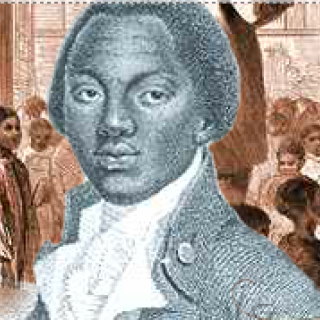Since 1996, the Library has created websites inspired by some of the physical exhibitions presented at its research centers, as well as a number of web-only presentations based on its collections.
Archived Exhibition Resources, A to Z
-
From Revolution to Republic in Prints and Drawings
A celebration of the profound and diverse holdings of early American prints and drawings in The New York Public Library, this two-part exhibition draws primarily from the Phelps Stokes, Emmet, Eno and C. W. McAlpin collections, all part of the Print Collection of The Miriam and Ira D. Wallach Division of Art, Prints and Photographs, and from the Spencer Collection.
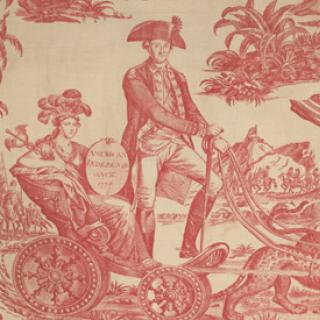
-
Harlem 1900-1940
This exhibition presents various elements of the history of the urban experience in Harlem's early days as the Cultural Capital of African Americans. This history education portfolio provides a timeline and lesson plans.
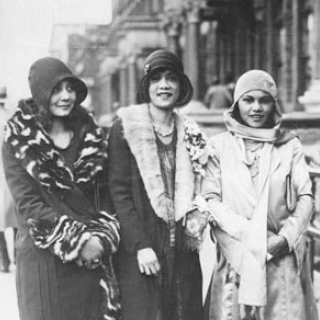
-
Heading West: Mapping the Territory
According to an old adage, a place is not discovered until it is mapped. This online exhibition traces the evolution from an imagined to a defined and mapped American West. Through impressions of the West in maps from 1540 to 1900, the website presents an overview of the mapping process, which continues today.
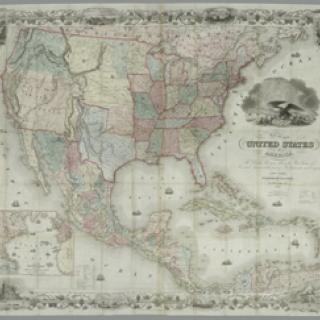
-
Heavens Above: Art and Actuality
Heavens Above: Art and Actuality is an online exhibit that compares the 19th-century chromolithographs of astronomical observations made by artist/astronomer Etienne Trouvelot with comparable images photographed by NASA as part of its space program.

-
Historical Postcards of New York City from the Picture Collection at Mid-Manhattan Library
Five hundred postcards depicting views of all five New York City boroughs in the late 19th and early 20th century from the Picture Collection's holdings of more than 25,000 postcards have been added to the NYPL Digital Gallery. The postcards provide a colorful visual record of the city and document the beginnings of the postcard publishing phenomenon in the United States. Both the front and back of each postcard can be viewed.
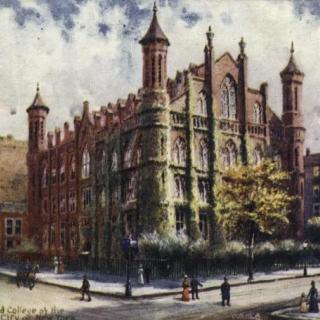
-
i on infrastructure
"I on Infrastructure," brings a new twist to civil engineering by exploring the intellectual, cultural, and social contexts that shape the world's infrastructure. Marrying art and technology concepts, this show juxtaposes pop art with images of bridges, plumbing fixtures, and traffic signs to examine how the eye and the mind perceive engineering design.
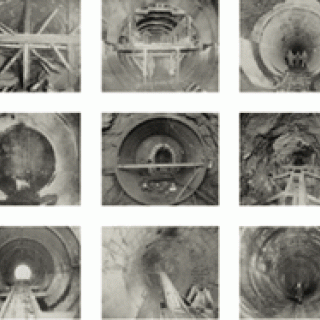
-
Immigrant City
In 1609, the people of the Lenapes and other Native American groups in our area would have seen the sails of Henry Hudson's ship as it made its way up the river that today bears his name. Little could they know that less than half a century later visitors would be commenting on the variety of languages spoken in the settlement that would become New York City. Since then, our city has continued to welcome people from all over the world who continue to shape it into a vibrant, exciting place to live.
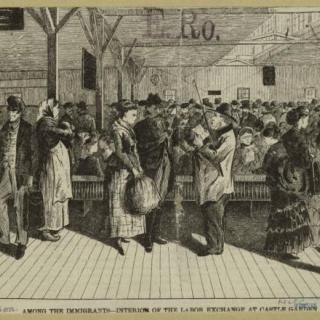
-
In Motion: The African-American Migration Experience
In Motion presents a new interpretation of African-American history: it focuses on the self-motivated activities of peoples of African descent to remake themselves and their worlds. With 16,000 pages of text, 8,300 illustrations, numerous maps, and lesson plans, this exhibition documents 400 years of migration to, within, and out of the United States.
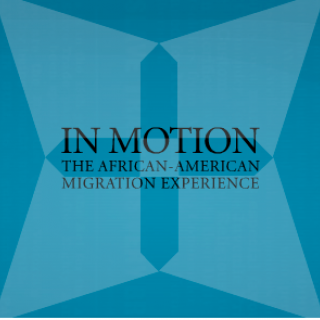
-
James Gillray
The golden age of English caricature, from the late 1770s to the second decade of the 19th century, encompasses the life of its leading exponent, James Gillray (1756-1815), who contributed in no small measure to the brilliance and audacity of the political, personal, and social satires of this period.
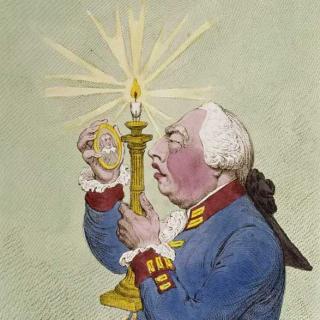
-
Lest We Forget: The Triumph Over Slavery
Though victimized, exploited, and oppressed, Africans in the Americas have been active, creative agents of their own history, culture, and political future. Their story is about living, surviving, and winning in the face of seemingly insurmountable hardship. Lest We Forget documents and interprets the obstacle-ridden but life-affirming experiences of the Africans who were enslaved in the Western Hemisphere.
